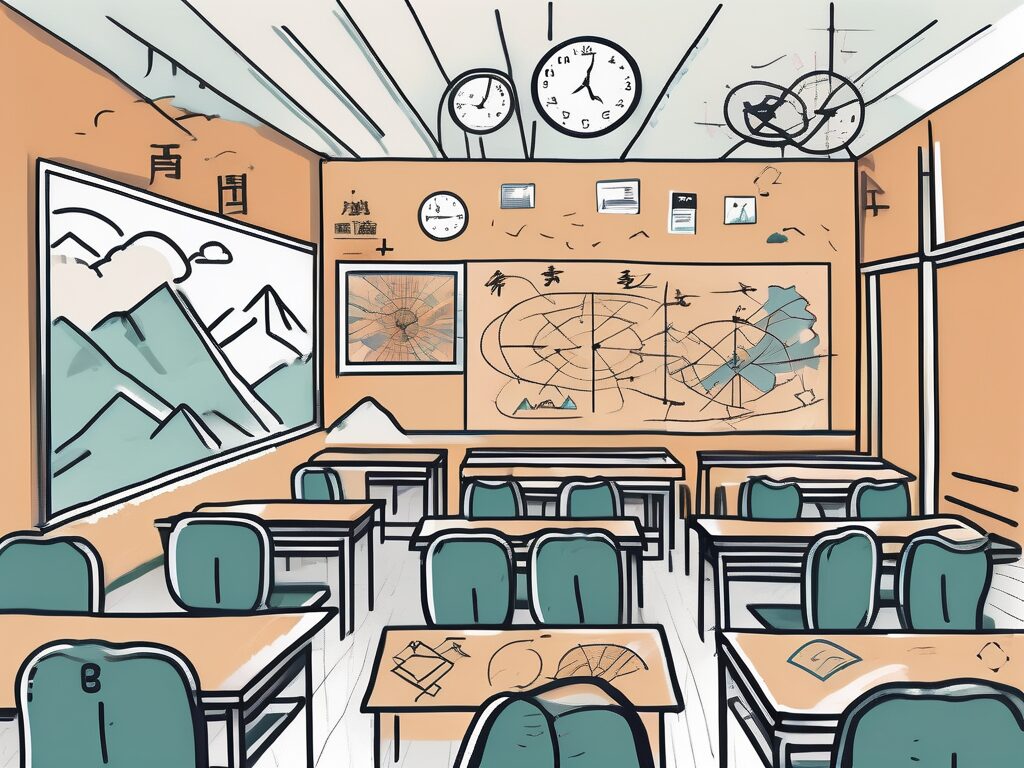html
How to Become an International Art Teacher in Spain: A Step-by-Step Guide
Are you an aspiring art teacher dreaming of sharing your passion for creativity in the vibrant culture of Spain? The journey to becoming an international art teacher in Spain is not only rewarding but also filled with unique experiences that can shape your career and personal growth. In this comprehensive guide, we will walk you through the essential steps to make your dream a reality, from understanding the qualifications needed to navigating the job market. Let’s dive in!
Understanding the Role of an International Art Teacher
Before embarking on your journey, it’s crucial to understand what it means to be an international art teacher. This role involves not only teaching art techniques and history but also fostering creativity and critical thinking in students from diverse backgrounds. As an art teacher in Spain, you will have the opportunity to inspire young minds while immersing yourself in a rich cultural landscape.
Step 1: Obtain the Necessary Qualifications
To teach art internationally, you typically need a bachelor’s degree in art education or a related field. Additionally, many international schools require a teaching certification. Here are the key qualifications you should consider:
- Bachelor’s Degree: A degree in Fine Arts, Art Education, or a related discipline is essential.
- Teaching Certification: Obtain a teaching qualification, such as a PGCE or equivalent, which is recognised internationally.
- Language Proficiency: While many international schools teach in English, knowledge of Spanish can be a significant advantage.
Step 2: Gain Relevant Experience
Experience is invaluable in the field of education. Here are some ways to build your teaching portfolio:
- Student Teaching: Participate in student teaching programs during your degree to gain hands-on experience.
- Volunteer Work: Consider volunteering at local schools or community centres to enhance your teaching skills.
- Art Exhibitions: Showcase your artwork in exhibitions to build your credibility as an art educator.
Step 3: Research International Schools in Spain
Spain is home to numerous international schools that offer art programs. Researching these institutions will help you understand their requirements and teaching philosophies. Some well-known international schools include:
- International School of Barcelona
- British School of Madrid
- International College Spain
Visit their websites to learn about their curriculum, application processes, and job openings.
Step 4: Prepare Your Application Materials
Your application materials are your first impression, so make them count. Here’s what you need to prepare:
- Resume/CV: Highlight your education, teaching experience, and any relevant skills.
- Cover Letter: Craft a compelling cover letter that showcases your passion for art education and your desire to teach in Spain.
- Portfolio: Include a portfolio of your artwork and any teaching materials you’ve developed.
Step 5: Network and Connect with Other Educators
Networking is crucial in the education sector. Join online forums, attend workshops, and connect with other international educators. Websites like Teach Away and International Teachers can provide valuable resources and job listings.
Step 6: Apply for Teaching Positions
Once you’ve prepared your application materials and built your network, it’s time to start applying for positions. Tailor your applications to each school, highlighting how your skills and experiences align with their values and curriculum. Be persistent and open to various opportunities, including temporary or part-time positions.
Step 7: Prepare for Interviews
Interviews can be daunting, but preparation is key. Here are some tips to help you succeed:
- Research the School: Understand their mission, values, and teaching methods.
- Practice Common Questions: Prepare answers for common interview questions, such as your teaching philosophy and classroom management strategies.
- Showcase Your Passion: Be enthusiastic about art education and your desire to contribute to the school community.
Step 8: Relocate and Adapt to Life in Spain
Once you secure a position, it’s time to prepare for your move. Research the cost of living, housing options, and local culture in the area where you’ll be teaching. Embrace the opportunity to learn Spanish and immerse yourself in the local art scene. This will not only enhance your teaching but also enrich your personal experience in Spain.
Conclusion
Becoming an international art teacher in Spain is an exciting journey that requires dedication, preparation, and a passion for education. By following these steps, you can turn your dream into reality and inspire the next generation of artists in a beautiful and culturally rich environment.
Empower Your Teaching Career with IPGCE
As we strive for a more inclusive education system in Malaysia, the role of qualified and well-trained educators becomes increasingly crucial. IPGCE is dedicated to supporting teachers in their professional journey, offering the International Postgraduate Certificate in Education (iPGCE) to enhance qualifications and open doors to international teaching opportunities. With our program, you can expect a significant increase in interview callbacks, promotion rates, and salary. Plus, you’ll join a global network of educators, gain a deeper understanding of international curricula, and enjoy the flexibility of online study. Don’t let inadequate credentials or isolation hold you back. Join the UK’s #1 Teacher Training Course today and take a decisive step towards a fulfilling career in inclusive education.
For more information on teaching qualifications, check out our articles on Becoming a Teacher in the UK and International Teaching Jobs.
Connect with me on LinkedIn to stay updated on teaching opportunities and resources!

